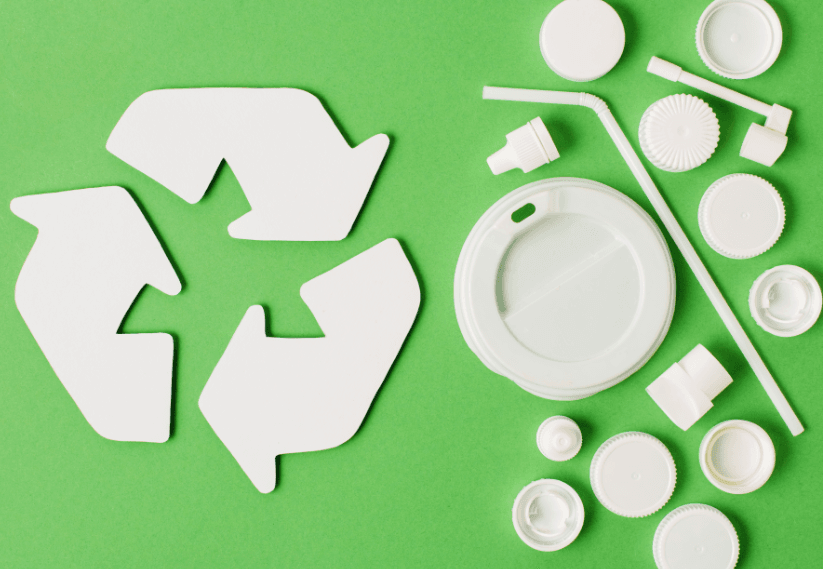Carbodiimide Anti-Hydrolysis Agents in PU Shoe Sole Formulations

Polyurethane (PU) is a versatile material used in a wide range of applications, including footwear. PU shoe soles are popular due to their light weight, durability, and comfort. However, PU is susceptible to hydrolysis(What is hydrolysis), which can lead to degradation of the material over time. To address this issue, carbodiimide anti-hydrolysis agents have been […]
Knowledge of CPLA straws and the key additive polycarbodiimide

What are CPLA straws? CPLA straws are made by heating PLA, absorbing heat and exothermically crystallising it into CPLA, which is a crystallised PLA straw that combines the safety and environmental friendliness of PLA material with the convenience of consumer use. How are CPLA straws made? CPLA straws are usually made from heat resistant polylactic […]
Introduction of PLA straw and ways to improve its heat resistance

With the application of Plastic Restriction of many countries, plastic straws are gradually fading out and environmentally friendly straws are becoming a hotspot. Various restaurants and drinks shops are gradually replacing the common plastic straws with the green and environmentally friendly PLA biodegradable straws. Today, we would like to introduce you to the issues related […]
Technical key points of paper machine dryer screen and tips on its application

In recent years, paper machine dryer screens have been developing very rapidly. Paper machine dryer screen is mainly used in the drying part of paper making machine, its main function is to transfer wet paper and dry the paper when transferring. Because of its high strength, good air permeability and high drying efficiency, the […]
How carbodiimide has functions on Polyurethane (PU)

What is Polyurethane (PU)? Polyurethane (PU), known as polyurethane, is a generic term for macromolecular compounds with repeating urethane groups (-NCO)in the main chain. Polyurethane can be manufactured in a variety of ways by changing the type and chemical structure of the raw material, the specifications and the proportion of the formulation. The origins of […]
Degradation of polyurethane elastomers (PUEs) and their stabilizers

Thermal oxygen degradation of polyurethane elastomers (PUEs) and its stabilizers Thermo-oxidative degradation is a free radical chain process initiated by atmospheric oxygen. For thermal oxygen degradation, polyester-based polyurethane elastomers (PUEs) are more stable than polyether-based polyurethane elastomers (PUEs) due to that the cohesive energy of the ester group is greater than that of the ether […]
Application of polycarbodiimide cross linking agent in water-based polyurethane (PU)

Polyurethane polymer materials have the advantages of wear resistance, high temperature resistance, good adhesion, easy processing and favorable price. Water-based polyurethane (WPU) uses water as the dispersing medium, avoiding the disadvantages of traditional organic solvents such as serious pollution and health hazards, while saving a large amount of organic solvents and greatly reducing costs. Due […]
Improve the shelf life of PLA straws? Hydrolysis-resistant modification is very important!

PLA is one of the mainstream bio-based and biodegradable plastics with mature industrialization, large production volume and wide application. PLA has high mechanical strength and transparency, but its poor heat resistance, toughness and durability limit the application. For this reason, it is necessary to improve the aging resistance of PLA in terms of hydrolysis from […]
Hydrolysis-resistant PBT solves the problem of water decomposition and temperature resistance in the production of automotive electronic components

With the maturity of new energy vehicles and autonomous driving technology, the market demand for automotive electronic materials is increasing. For example, the traditional automotive electronic materials basically have no flame retardant requirements, while the electronic materials used in new energy vehicles require flame retardant level. This presents a problem to vehicle manufacturers, automotive electronic […]
